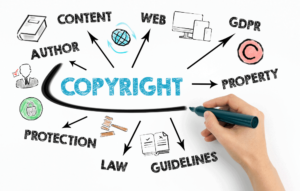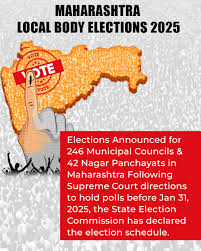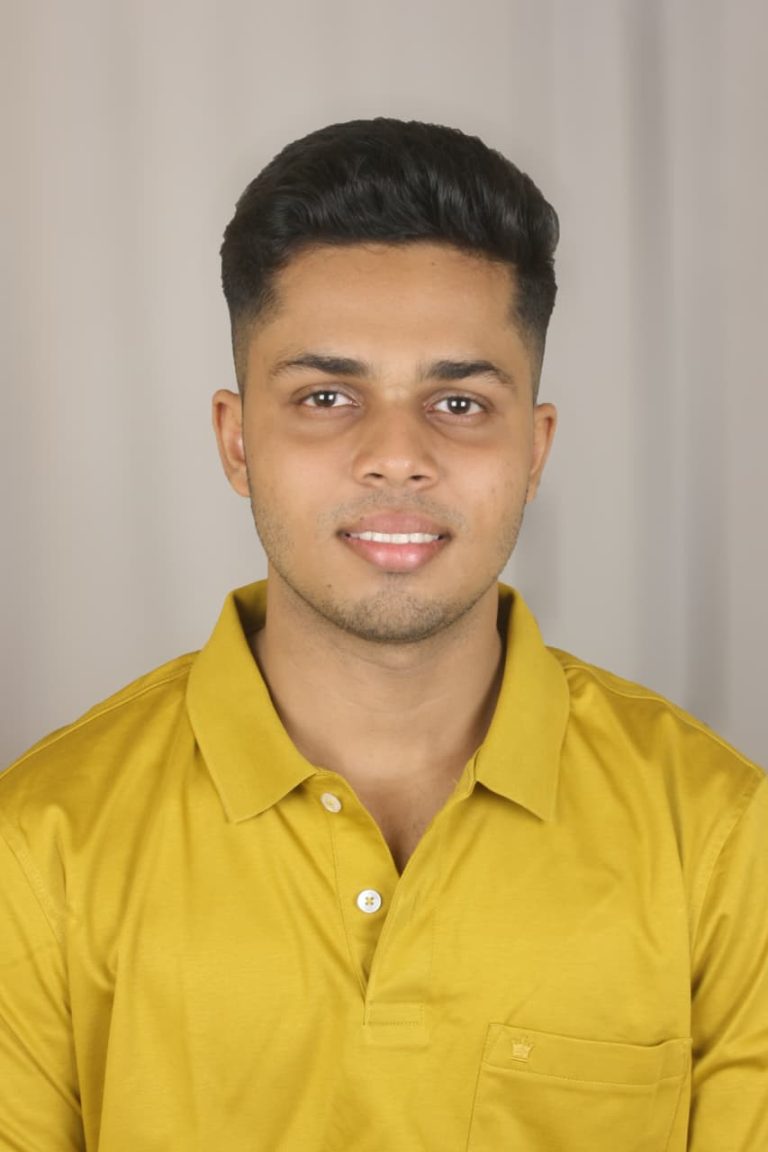
(Photo-iptse)
INTRODUCTION
The Copyright Act, 1957, is a set of rules given by the law to the makers of musical, artistic, dramatic, and literary works, film production, and sound recordings. It is a type of intellectual property protection granted by law to creators to protect their work from being stolen. In other words, under Section 13 of the Copyright Act, 1957, copyright protection is conferred on literary works, musical works, dramatic works, artistic works, cinematographic films, and sound recordings. For example: books, and computer programs are protected under the Act as literary works.
These sets of rights and rules can only be practised by the owner of the copyright or a person who has the licence in context with the owner of the copyright. These rights involve the right to publish, the right of reproduce, the right to adapt, the right to translate, the right to communicate in public, and many more. The Copyright Act works only on the original work, not the one copied from another source. It protects the original work of any artist.
The Copyright Act, 1957, came into force on January 21, 1958. Since 1958, the Copyright Act has been amended six times: in 1983, 1984, 1992, 1994, 1999, and 2012. The Copyright Act of 2012 has been one of the most successful of all six amendments. Before the Copyright Act, 1957, this act was amended in 1914 during British rule based on the Imperial Copyright Act of 1911.

SALIENT FEATURES OF COPYRIGHT ACT, 1957
The Copyright Act, 1957, is applied to make sure that a person’s original work is protected and not copied. Salient features of the copyright act will show the importance of its application. There are some salient features of the Copyright Act, 1957, which are as follows:
- Scope of rights conferred on the author: The artist’s work is protected by copyright under Section 13 of the Copyright Act of 1957. They are also safe from the illegal access of others under this Act. It is said that Copyright Act of 1957 protects the expressions of an artist by keeping their work safe.
- Establishing the boards and offices: It is also known as the Copyright Office for Act purposes and is provided or given under Section 9 of the Copyright Act, 1957. The Copyright Board was built under Section 11 of the Copyright Act, 1957. The Copyright Act of 1957 also makes provisions for the establishment of a copyright board to assist in resolving copyright-related issues and a copyright office, which comes under the jurisdiction of the Registrar of the Copyright, for the registration of books and other “works” of art.
- Provisions to assert ownership: Under Section 17 of the Copyright Act of 1957, it states that the original owner of the copyright is the original maker of the work. But when a particular person works as an employee on a project, after its completion, ownership of the project goes to the employer, not the employee in this case.
FAIR USE UNDER THE COPYRIGHT ACT, 1957
Fair use is a doctrine in the United States that permits you to reproduce a particular work of copyright-protected work to a limited extent in order to protect public interest while balancing the rights of the owners. Commentaries, search engines, critique, satire, news broadcasting, research and education, and scholarly works are all examples of content which is, in general, protected under the fair use doctrine of US copyright law.
In India, there is no fair use doctrine, as it is a little difficult to adapt that there. In replacement for that, the Copyright Law depends on four main key tests highlighted by the Indian Judge K.J. Thomas in his 2008 decision in Mithun v. HCL Technologies Ltd. The Judge used these key tests to know whether software code copied from the open-source code licenced under the GPL was safeguarded by the Copyright Law. These four main key tests are as follows:
- The character, aim, and purpose of the use.
- The objective and nature of copyrighted work.
- The substantial amount of the portion used in context with the copyrighted work as a whole.
- The effect of the use on the potential market for calculating the value of the copyrighted work.
INCENTIVE THEORY OF COPYRIGHT ACT, 1957
The incentive theory is widely known as utilitarian theory. It is said so because this theory validates society’s given duty to have respect for the innovator’s right to ownership on their innovation or work, which is not only a source of profit for the innovator but for society. Incentives are provided to people as a source of motivation to create new work for public use using the Copyright Law.
Copyright is the best foundation to support the development of the commercial and creative industries in both developing and developed countries. Copyright Law provides a way to generate income for the maker in the form of royalties for the maker, which helps in economic growth.
It also has moral benefits as it gives us the right of paternity, which gives an author the right to claim his work as his own and to prevent anyone else from claiming it. It provides for the right of integrity, where the author is entitled to prevent distortion, mutilation, or other modifications to his work, or any other action in connection with such a work that would be detrimental to his honour or reputation.
DAMAGES AND PENALITIES
Copying someone else’s work might do you a lot of harm. You might also be charged, fined, or jailed for copying and sharing others work as your own. There are some articles or penalties under the Copyright Law, 1957, that bring justice to the owner of the work copied. That are as follows:
- Under Section 63 of this Act, a person who intentionally infringes or gets involved in the act of infringing the copyright of the work will be fined Rs 50,000 or will be imprisoned for at least six months.
- Whoever is found guilty under Section 63 the second time or more than two times will be given the punishment of imprisonment for a year or more but not more than three years and will be fined one lakh rupees but not more than two lakh rupees. This comes under Section 63A.
- If any person knowingly makes or has possession of plates to create infringing copies of a copyrighted work, then he will be punished for a period of not less than 2 years and will be fined along with it.
- Under Section 52, any person who publishes a sound recording or a video film will be imprisoned for three years and will be charged a fine.
- Any offender under this case, whether he is convicted or not, can ask the court where this case has been going on to order that all the copies of the work that the offender took, even the copied ones, be given back to the copyright owner.
- Under Section 70, no court lower than that of a Metropolitan Magistrate or a Judicial Magistrate of the First Class would hear cases brought under the Act.
CASE STUDIES IN REGARDS TO COPYRIGHT ACT, 1957.
YRF vs. Sri Sai Ganesh Productions
YRF filed a copyright infringement case against Sri Sai Ganesh Productions, stating that Sri Sai Ganesh Productions copied their movie Band Baaja Baaraat and produced Jabardasht, which has a lot of concepts that are similar, like theme, character, plot, script, etc. The court extended the test of originality since the films are protected like original works to distinguish between the two films based on ‘foundation, substance and kernel’ and understand the average moviegoer’s viewpoint as to whether they would have the impression that one work was a copy of the other. The court gave the verdict that Sri Sai Ganesh Productions had bluntly copied many concepts of the YRF film, which concluded as an infringement.
Hindustan Pencils Limited vs. Alpna Cottage Industries
Here, the Copyright Board of Goa stated that there are fundamental and substantial similarities between the artistic work of both parties in particular aspects; ultimately, it will be a copyright infringement, and the defendant’s copyright is liable to be expunged from the respective register.
Super Cassettes Industries Limited vs. Youtube and Google
Super Cassettes Industries Limited have strongly stated that the YouTube business model makes a substantial profit by using the copyrighted work uploaded without taking permission from the copyright owners and without paying a royalty for the same. The court stated that YouTube, the video streaming giant, and Google should stop distributing, reproducing, displaying, or transmitting on their portal any audio-visual works in the exclusive ownership of the SCIL.



